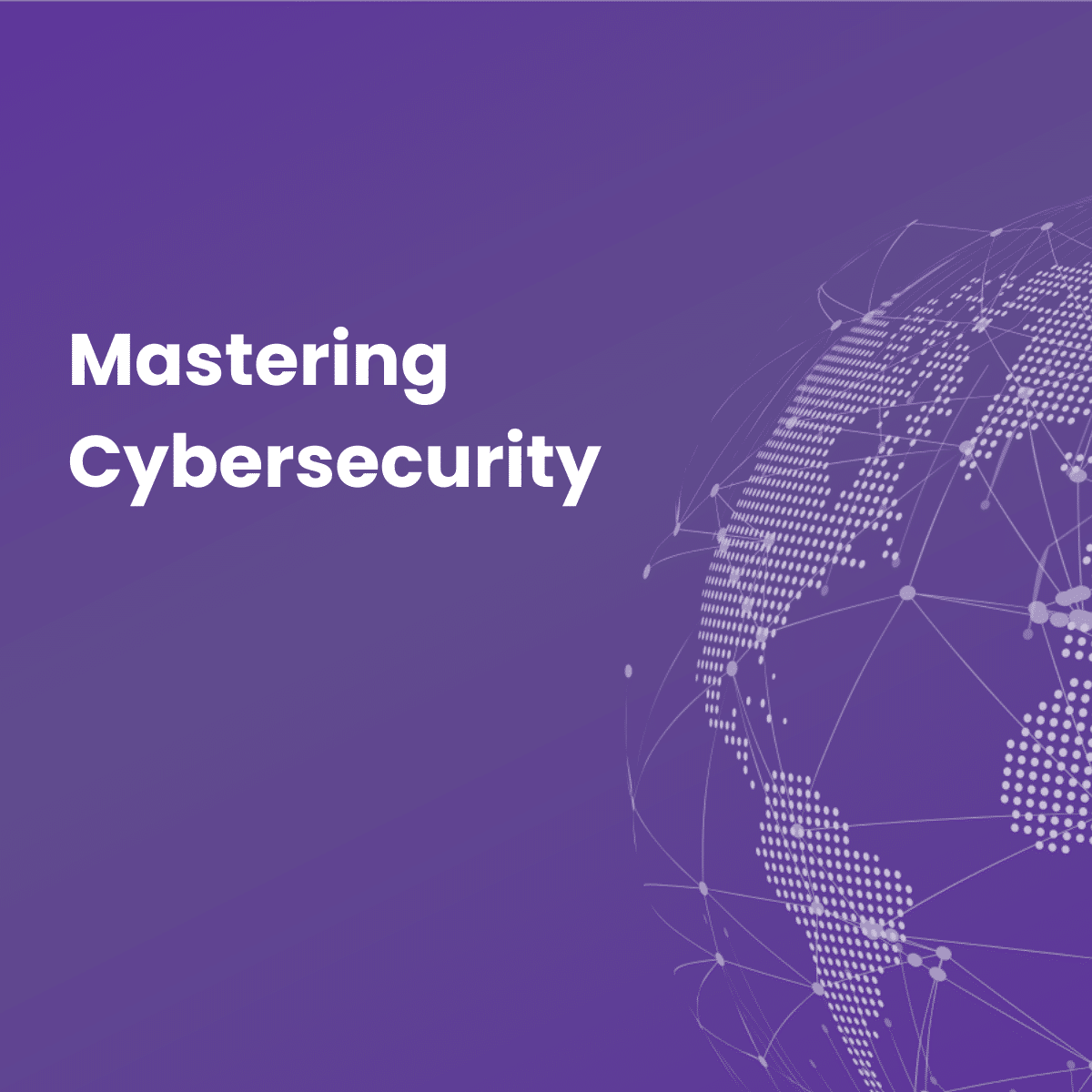Picture your organisation’s digital infrastructure as a bustling cityscape, with data flowing like streams and networks connecting like roads. In this landscape, cybersecurity serves as the guardian, ensuring the safety and integrity of our digital world. In this article, we’ll explore the essential steps every organisation should take to master cybersecurity, from embracing security standards to empowering employees and building a robust defence against cyber threats.
Adherence to Security Standards: The Foundation of Cybersecurity
Security standards provide a framework for organizations to establish and maintain effective cybersecurity practices. Whether it’s ISO 27001, NIST Cybersecurity Framework, or GDPR compliance, adhering to these standards ensures that your organisation is implementing industry-recognised best practices to protect against cyber threats. We’ll explore the importance of adopting security standards and the benefits they bring to your cybersecurity posture.
Benchmarking Against Industry Standards: Setting the Bar for Excellence
In addition to adhering to security standards, organizations should also benchmark their cybersecurity practices against industry benchmarks and best practices. By comparing your cybersecurity measures to industry peers and leaders, you can identify areas for improvement and ensure that your security posture remains resilient in the face of evolving threats. We’ll discuss the significance of benchmarking and how it can drive continuous improvement in cybersecurity.
Robust Cyber Attack Prevention Measures: Building a Strong Defense
Prevention is key in cybersecurity, and organizations must implement robust measures to prevent cyber attacks before they occur. From conducting regular security assessments and vulnerability scans to implementing multi-factor authentication and intrusion detection systems, there are various preventive measures that organizations can take to strengthen their defences against cyber threats. We’ll explore these measures in detail and highlight their importance in mitigating cyber risks.
Employee Training and Awareness: The Human Firewall
Employees are often the weakest link in cybersecurity, but they can also be your strongest defense. By providing comprehensive training and raising awareness about cybersecurity best practices, organizations can empower employees to recognise and respond to potential threats effectively. From phishing simulations to security awareness workshops, investing in employee training can significantly enhance your organisation’s overall cybersecurity posture.
Continuous Monitoring and Incident Response: Staying Vigilant Against Threats
Cyber threats are constantly evolving, and organizations must adopt a proactive approach to cybersecurity. Continuous monitoring of networks and systems allows organizations to detect and respond to potential threats in real-time, minimising the impact of cyber attacks. We’ll discuss the importance of continuous monitoring and incident response capabilities and how organizations can build resilience against cyber threats.




